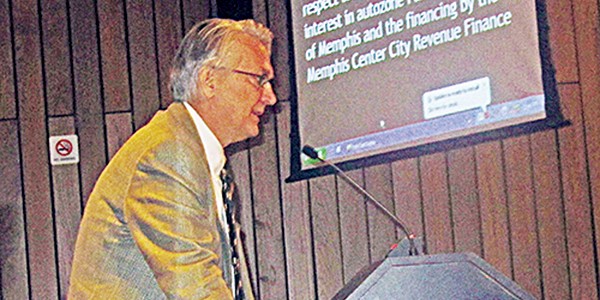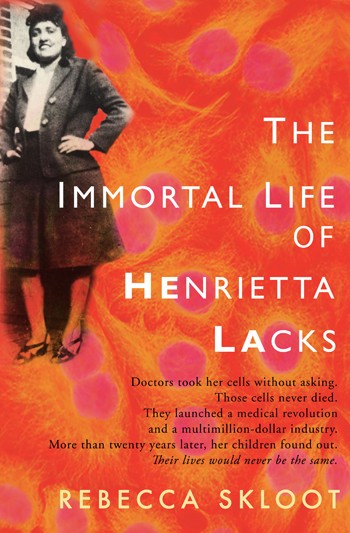The New Year’s challenge — a vow among a group of friends to eat healthier for six weeks — had a built-in implosion date: February 2nd. Yep, the Super Bowl and Super Bowl parties … all those dips and beers and wings and weenies were set to demolish all discipline and clothesline this challenge just weeks in.
But, then, one of the friends, Tara Jones, suggested that they have their own party and supply their own less-Rotel-y snacks. “I figured throwing a healthy Super Bowl party would be better than us all sitting around drinking Michelob Ultra and not eating wings,” Jones says.
Among the members of this group are Amy Lawrence and Justin Fox Burks, authors of the Chubby Vegetarian blog and The Southern Vegetarian cookbook. The couple has shared hundreds of recipes on their blog, and, inspired by the challenge and upcoming party, they share with us their ideas for super Super Bowl dishes.
Better Jalapeño Poppers ➔
4 large or 6 medium jalapeño peppers
(halved lengthwise, seeds removed)
2 ounces neufchâtel cheese
1 cup shredded cheddar
1/4 teaspoon granulated garlic
1/4 teaspoon cumin
1/4 teaspoon chipotle pepper powder
Zest of 1/2 lime
1 large egg (beaten)
3/4 cup panko bread crumbs
1 teaspoon olive or canola oil
Sour cream and fresh chives (to garnish)
Place the seeded, cut peppers cut-side-up on a parchment-lined baking sheet. Preheat the oven to 350 degrees. In a medium bowl, mix the neufchâtel, cheddar, garlic, cumin, chipotle, and lime zest together until well incorporated. Divide the mixture among the peppers by stuffing them until the mixture is even with the cut.
In a medium bowl, mix the egg with the panko until well incorporated. Place the mixture atop the cheese stuffed peppers until all of the panko is used. Drizzle peppers with olive oil. Bake for 20 minutes or until golden brown. Garnish with sour cream and chives and serve immediately. (Makes 8 to 12 poppers.)
Meaty Portobello Chili with Cold-Oven Sweet Potato Fries
1 tablespoon coconut oil
2 cups diced onions (about 2 medium)
2 teaspoons ancho chili powder
2 teaspoons smoked paprika
2 teaspoons granulated garlic
2 teaspoons Kosher salt
2 teaspoons cracked black pepper
1 teaspoons cumin
1 1/2 cups diced bell peppers (about 2 medium)
8 cups cubed portobello (about 6 medium)
1 large can fire-roasted, crushed tomato
1 tablespoon dried, crumbled porcini
1/2 cup vegetable broth
2 tablespoons sherry vinegar
Sliced avocado to garnish
In a large soup pot or dutch oven over medium heat, melt the coconut oil and add the onion. Take your time with this step. You want to cook the onions for 15 minutes or so stirring occasionally until they are nice and brown. This is where much of the flavor comes from. Add the ancho, paprika, garlic, salt, pepper, and cumin, and cook for another 5 minutes or until a nice fond (the brown layer stuck to the bottom of the pot) has formed.
Add in the peppers, portobellos, tomatoes, crumbled porcini, broth, and vinegar. Using a wooden spoon, scrape up the fond from the bottom of the pot and stir it in. Bring pot to a low boil and then reduce to the lowest heat. Cover and cook for one hour.
Serve over Cold-Oven Sweet Potato Fries and garnish with sliced avocado and anything else you’d like. (Serves 6 to 8 as a main course.)
Cold-Oven Sweet Potato Fries
2 large sweet potatoes (peeled and cut into 1/4-inch batons)
2 teaspoons olive oil
Kosher salt and cracked black pepper (to taste)
In a large bowl, toss the sweet potatoes with the olive oil, salt, and pepper. Spread the potatoes out in a single layer on a parchment-lined baking sheet. Place into a cold oven and set the temperature to 415 degrees. Check them in 15 minutes or so. They should be golden and ready in 20-25 minutes. (Makes 2 servings, so you’ll have to make several batches if you’re serving lots of people.)
 Justin Fox Burks
Justin Fox Burks
Baked Cauliflower Wings with
Black and Bleu Dressing ➔
1/2 cup crumbled bleu cheese
1/2 cup Greek yogurt (2% or 0%)
1 tablespoon sherry vinegar
1 teaspoon cracked black pepper
Kosher salt (to taste)
1 head cauliflower
(broken into large florets)
2 tablespoons canola oil
3/4 cup wing sauce*
1/4 cup ketchup
2 carrots (peeled and cut into matchsticks)
2 ribs of celery
(peeled and cut into matchsticks) Preheat oven to 425 degrees. In a medium bowl, whisk together the bleu cheese, yogurt, vinegar, and pepper. Add salt to taste and set aside in the fridge.
In a large bowl, toss the cauliflower with the canola oil and place onto a large parchment-lined baking sheet. Roast in the oven for 20 minutes.
In the same large bowl, whisk together the wing sauce and ketchup. Toss the roasted cauliflower in the wing sauce mixture. Return the cauliflower to the parchment-lined baking sheet and cook for another 15 minutes.
Serve with the “Black and Bleu” dressing, carrots, and celery.
(Serves 4 as an appetizer.)
*You can use store-bought or follow the recipe for wing sauce at chubbyvegetarian.com.
 Justin Fox Burks
Justin Fox Burks
Avocado-Walnut Brownies ➔
1 avocado (mashed)
3/4 cup cane sugar
3 tablespoons cocoa powder
2 1/2 ounces of a dark chocolate bar
(about 2/3 of bar; like Lindt 70%)
1/8 cup skim milk
2 large eggs
1/4 cup all-purpose flour
1 teaspoon espresso powder
1/2 teaspoon sea salt
1 teaspoon vanilla
1/2 cup chopped walnuts (toasted)
Preheat oven to 350 degrees. In a stand mixer, mix the avocado, sugar, and cocoa powder. Melt the chocolate and milk in the microwave for 30 seconds, stir, and melt for another 30 seconds. Stir again and add to the stand mixer ingredients. Mix until combined. Add eggs, flour, espresso, salt, and vanilla, and mix until combined. Stir in walnuts. Spread into a 5 x 8-inch pan that’s lined with parchment paper. Bake for 20 minutes. Let them cool for 30 minutes then lift them out using the edges of the paper and cut. Store them in a container on the counter or in the fridge. (Makes 8 large brownies.)
 Justin Fox Burks
Justin Fox Burks  Jackson Baker
Jackson Baker 

